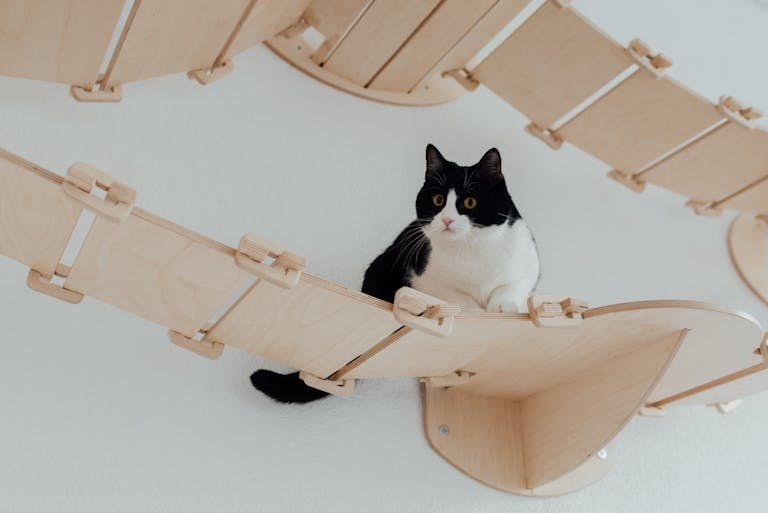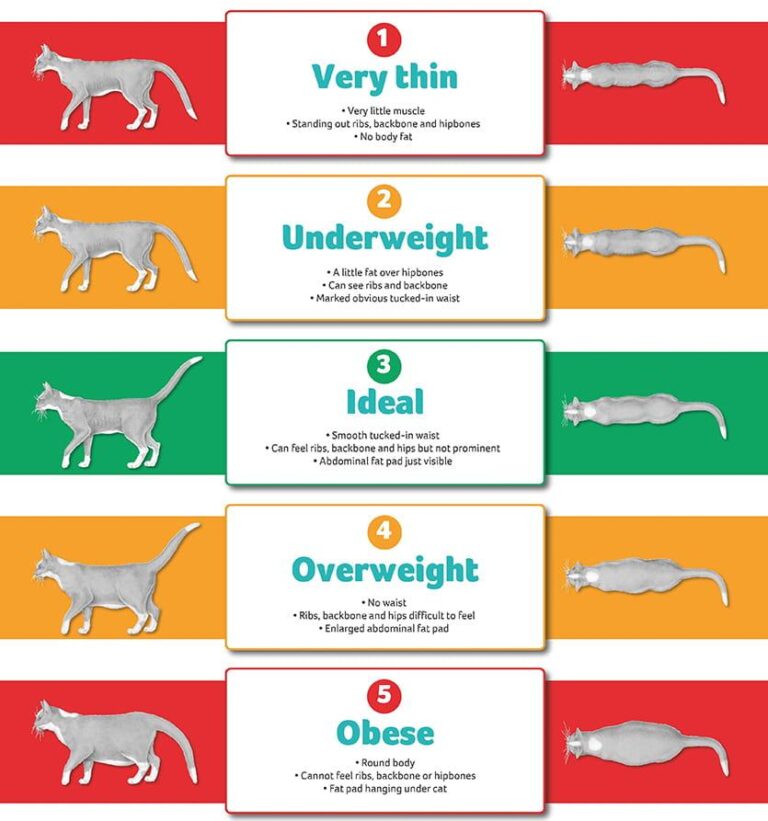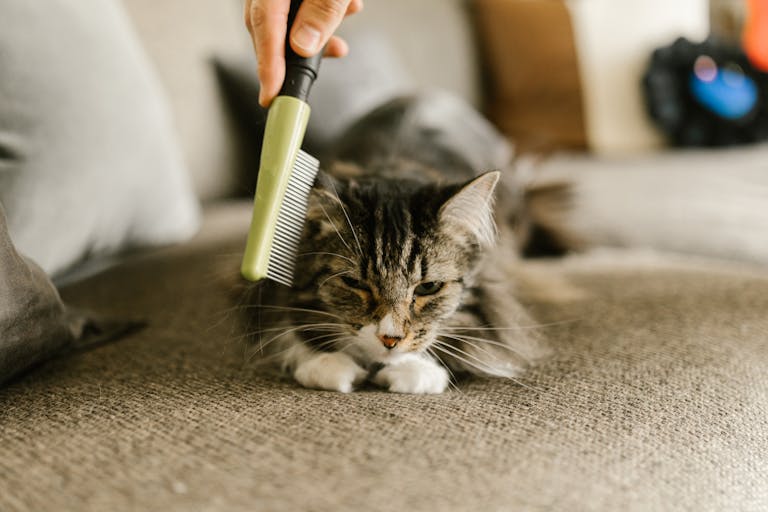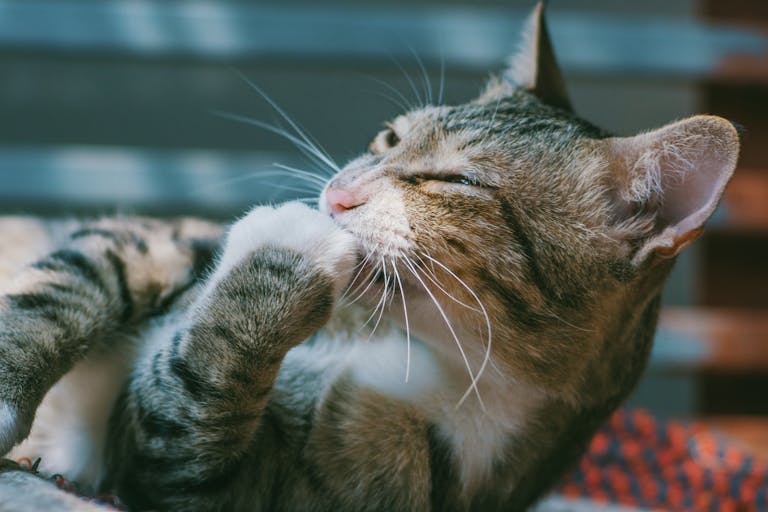The Best Plants That Are Safe for Cats (and Won’t Be Destroyed)
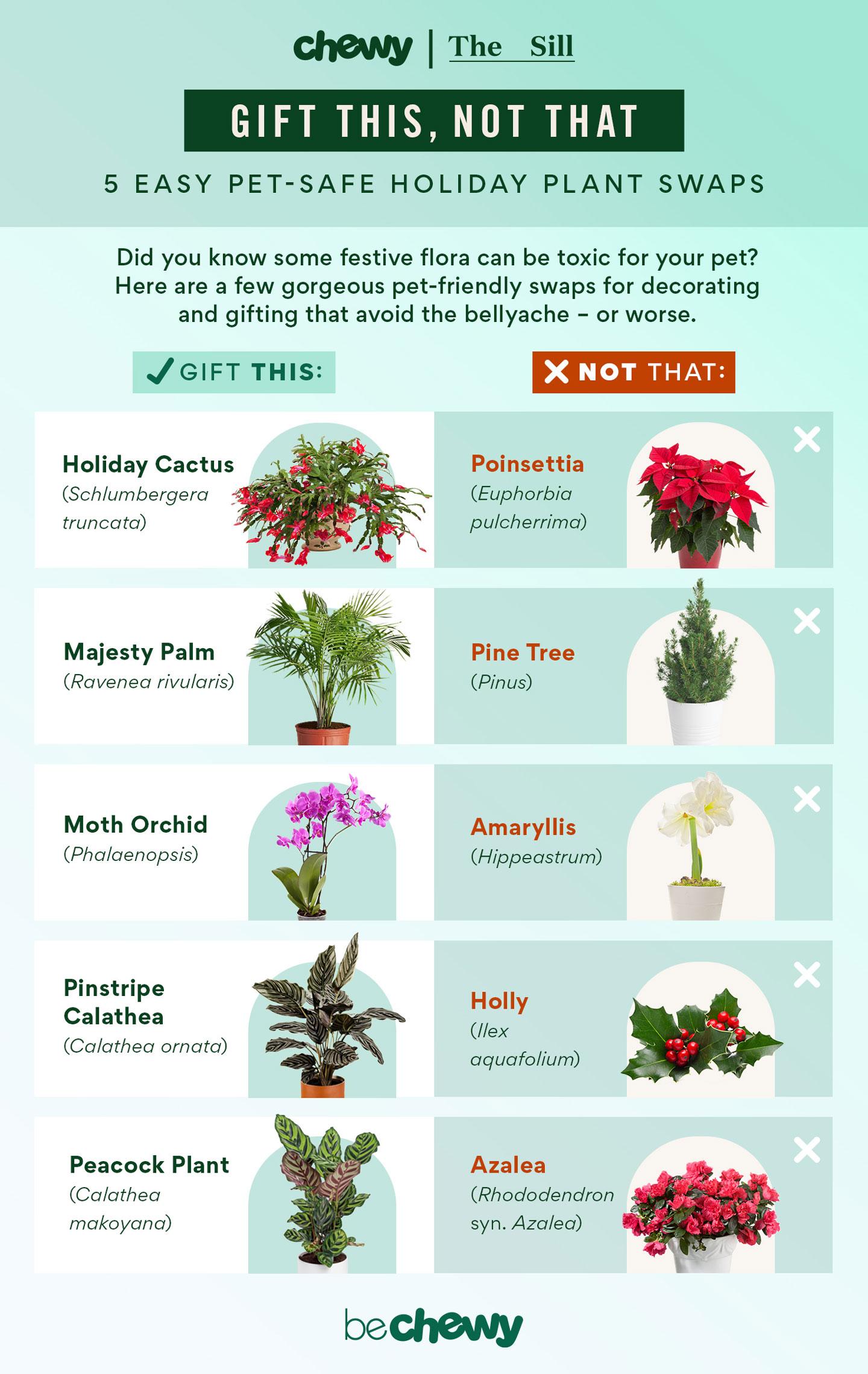
What Are the Best Plants That Are Safe for Cats (and Won’t Be Destroyed)?
| Reading time: 14 minutes
If you’re anything like me, your home is a sanctuary filled with cozy furniture, soft lighting, and…plants everywhere. But if you also live with a curious cat, you’ve probably had to rethink your indoor jungle. Not only do you want to pick plants that won’t harm your furball, but you also want ones that won’t become their new chew toys or digging sites.
In my 10+ years of cat ownership, I’ve learned that it’s not just about avoiding toxic plants but finding those that survive kitty enthusiasm. After many trials (and a few casualties), I’m sharing everything you need to know about the best plants that are safe for cats—and can actually thrive in your home despite their curiosity.
What You’ll Learn:
- Why choosing cat-safe plants is vital for your kitty’s health
- Which indoor plants are non-toxic and resistant to feline destruction
- How to select and care for hardy plants that your cat will respect
- Expert-backed advice on cat-plant safety
- Our top plant recommendations with pros, cons, and care tips
Quick Answer: The best plants safe for cats are non-toxic varieties like spider plants, Boston ferns, and cat grass, which also tend to withstand feline curiosity. Choosing resilient plants combined with proper placement and training helps keep both your cats and greenery happy and safe indoors.
Why Do Safe Plants Matter for Cats?
Many popular houseplants are unfortunately toxic to cats, leading to symptoms like vomiting, drooling, or worse. But even non-toxic plants can cause stomach upset if eaten in excess. In my years sharing a home with cats, I’ve noticed that keeping plants that are both safe and resilient drastically reduces stress for everyone—including your veterinary bills.
When cats interact with unsafe plants, they might nibble out of boredom, stress, or the need for fiber, unknowingly putting themselves in danger. That’s why it’s crucial to understand:
- What makes a plant toxic to cats? Certain plants contain alkaloids, oxalates, or saponins that irritate or poison feline systems.
- How cats show plant-related stress: Excessive chewing or vomiting might signal they’re after nutrients or feeling anxious.
- Why some plants won’t survive a cat’s touch: Flimsy leaves, fragile stems, and loose soil make plants easy targets.
Pro tip: Offering cat grass or catnip not only satisfies your cat’s need to chew plants but keeps them away from other houseplants!
Which Plants Are Truly Safe for Cats?
“Safe for cats” means the plant is non-toxic and won’t cause health issues if your kitty takes a bite. Here’s a quick glossary:
- Non-Toxic Plants
- Plants classified by the ASPCA and veterinary experts as not harmful to cats.
- Tolerant Plants
- Plants with sturdy structure that can endure some nibbling or rough handling.
- Cat Grass
- Typically oats, wheat, or barley grasses that provide fiber and satisfy chewing urges.
Some favorites I trust include:
- Spider Plant (Chlorophytum comosum): Its resilience and toxicity rating make it a household staple.
- Boston Fern (Nephrolepis exaltata): Soft fronds and non-toxic properties make it ideal.
- Cat Grass: Wheat or oat grass specifically grown for cats.
- Areca Palm (Dypsis lutescens): Adds a tropical vibe without risk.
- Bamboo Palm (Chamaedorea seifrizii): Pet-friendly and visually appealing.
- Calathea varieties: Beautiful foliage, non-toxic, but watch watering needs.
- Friendship Plant (Pilea involucrata): Sturdy leaves and safe for feline environments.
How Can You Choose Plants That Won’t Be Destroyed by Your Cat?
Finding cat-safe plants is half the battle; ensuring they last is the other half. After observing my cats’ behavior extensively, I’ve learned how to pick and protect plants most effectively.
- Observe your cat’s behavior: Are they chewers, diggers, or hunters? This helps narrow down plant toughness needed.
- Opt for dense or fibrous leaves: Plants like the spider plant have tough, long leaves that resist chewing better than delicate petals.
- Choose heavy pots & stable placement: Lightweight or easily tipped pots attract curiosity and risk destruction.
- Use deterrents & distractions: Citrus peels or pet-friendly sprays can keep cats away from certain plants.
- Provide designated cat plants: Offer cat grass or catnip to satisfy their natural urges productively.
- Regularly rotate or relocate plants: Keep your home dynamic and less predictable for your cats.
- Don’t forget to use a top layer of pebbles or decorative mulch to prevent digging.
- Try hanging plants out of reach if your cat is highly persistent.
- Train your cat gently with positive reinforcement to respect your greenery.
Pro tip: If you catch your cat chewing a non-toxic but fragile plant, redirect gently and offer cat grass as an alternative immediately.
Our Top 7 Cat-Safe Plants That Survive Kitty Curiosity
| Plant | Why We Love It | Best For | Consider If… |
|---|---|---|---|
| Spider Plant | Very resilient, non-toxic, purifies air | Beginners with active cats | You want a low-maintenance option |
| Boston Fern | Soft fronds, humid-loving, safe | Homes with indirect light & humidity | You can maintain regular watering |
| Cat Grass (Oats/Wheat) | Satisfies chewing, aids digestion | Cats with high chewing needs | You want an easy edible plant |
| Areca Palm | Elegant, pet-safe tropical vibe | Bright rooms, larger pots | You have space for a bigger plant |
| Bamboo Palm | Non-toxic, drought tolerant | Bright but indirect light | You want a slender, interesting texture |
| Calathea | Striking leaves, safe for cats | Experienced plant parents | You can manage watering & humidity care |
| Friendship Plant (Pilea) | Compact, tough leaves | Small spaces or shelves | You want a fast-growing, safe plant |
Our Top Picks
EasyCare Spider Plant – Best for Busy Cat Owners
- Why we love it: Tolerates neglect, fast-growing, cats love the arching leaves
- Best for: New plant parents with cats that like to chew
- Consider if: You want an air-purifying plant that’s low-maintenance
GreenThumb Cat Grass Kit – Best for Cat Dental Health
- Why we love it: Provides fiber, helps digestion, fun for feline play
- Best for: Cats who love nibbling and need tummy relief
- Consider if: You want a safe, edible option to protect other plants
What Do Experts Say About Cat-Safe Plants?
Working with veterinarians and reading the latest in feline health has shown me how important proper plant selection is. According to the American Veterinary Medical Association (AVMA), many commonly used indoor plants are toxic to cats, with lilies, philodendrons, and dieffenbachia among the most dangerous.
Dr. Samantha Hill, a prominent feline veterinarian, notes:
“Cats explore their environment with their mouths and paws, so even non-toxic plants should be chosen with care to avoid behavioral problems or accidental ingestion.”
Several studies also point to environmental enrichment—like cat-safe plants—as a way to reduce feline anxiety and prevent destructive behavior (Johnson et al., 2021, Journal of Feline Behavior).
Frequently Asked Questions
Can cats eat any houseplants safely?
No, not all houseplants are safe for cats. Stick to known non-toxic plants like spider plants, Boston ferns, and cat grass to ensure safety.
How do I stop my cat from destroying my plants?
Provide your cat with designated plants like cat grass, place fragile plants out of reach, and use deterrents such as citrus peels or safe sprays to discourage chewing.
Are fake plants better for homes with cats?
Artificial plants avoid toxicity risks but don’t provide the same air purification or enrichment benefits. For the best of both worlds, choose robust, cat-safe live plants.
What should I do if my cat eats a toxic plant?
Contact your veterinarian immediately and provide information on the plant ingested. Quick action is crucial to avoid serious health issues.
Conclusion & Tips
- Always prioritize non-toxic, cat-safe plants like spider plants, Boston ferns, and cat grass to keep your feline friend safe.
- Choose hardy plants with sturdy leaves and dense foliage to resist chewing and digging.
- Use deterrents and provide alternative plants to redirect your cat’s plant curiosity.
- Consult experts and trusted resources to keep your cat healthy and your green space thriving.
- Remember, a cat-friendly plant environment enriches your pet’s daily life and your home’s atmosphere.
I’d love to hear about your experiences with cats and plants—what has worked for you? Share your favorite cat-safe plants or tips in the comments below! And if you found this guide helpful, please share it with your fellow cat lovers.
Related Reading
- How to Reduce Cat Anxiety with Environmental Enrichment
- Top 10 Safe Toys to Keep Your Cat Engaged
- Recognizing and Acting on Cat Poisoning Symptoms
We’ll keep this guide updated with the latest information to help you create a safe, green haven for your cats.
About the Author
Hi! I’m Jamie, a passionate cat lover with over a decade of experience caring for feline friends and cultivating cat-friendly homes. Working closely with veterinarians and feline behaviorists has taught me the importance of pet-safe environments combined with human style. When I’m not writing or tending my plant collection, I’m probably playing with (or dodging) my three cats.
Interactive Checklist: Are Your Plants Cat-Safe and Cat-Resistant?


